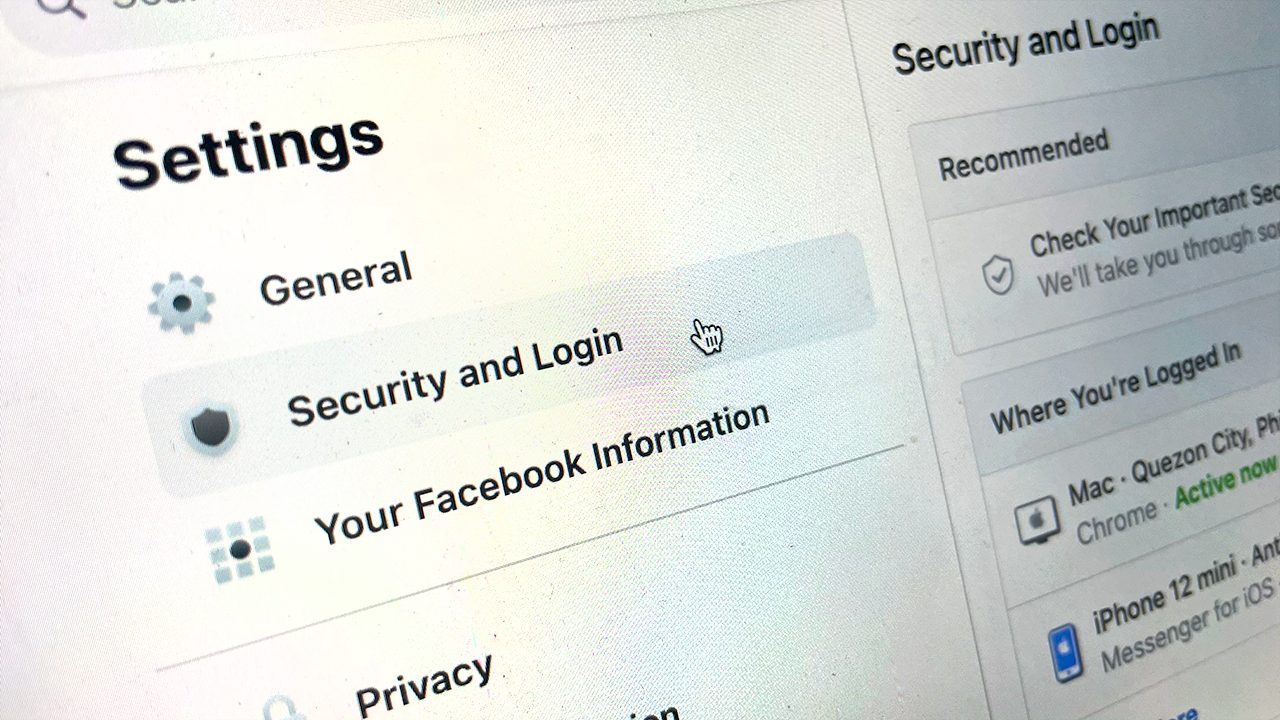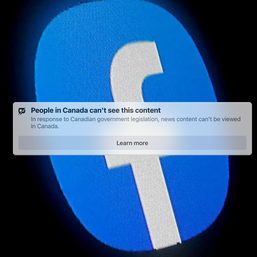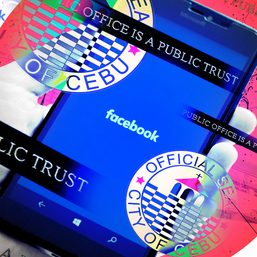SUMMARY
This is AI generated summarization, which may have errors. For context, always refer to the full article.

Facebook users called attention to a social engineering scam that’s potentially spreading malware on Facebook.
Users are being tagged by either contacts or strangers on a post with a link to a supposed adult video. The sexual content is a lure leading users to an external site where they are asked to download a Flash player update in order to play the video. Instead of pornography, viewers are treated to a malware infection, putting one’s personal information in danger, and could lead to one’s Facebook account being taken over to further spread the malware.
“Malicious tagging” as it is called by security researchers can be avoided by not clicking on strange links, especially on content tagged by strangers.
You can also review the domain by hovering over the Facebook post. The link should appear on the bottom left side of the browser if you’re on a desktop. For mobile users, tap on the 3 dots on the upper right side of the post, and copy-paste the link on a notepad.
If the link is unfamiliar or if it’s a shortened link hiding a potentially harmful URL, it’s best to treat it as something that’s dangerous – especially if the post is sensational, shocking, or appealing to emotions and senses. Don’t assume that if a tag comes from a friend, it’s safe.
If you clicked on the link though, here are a few things you may want to do:
- Change your password. Facebook lays out the steps here if you need help. https://www.facebook.com/help/213395615347144?helpref=faq_content
- Review your login history here and see if you spot any suspicious log-ins.
- Report the suspicious content you see as spam. Tap the 3 dots, and tap report post in order to prevent the further spread of the content.
Facebook also has a list of symptoms you may want to check for if you suspect that you’ve been infected:
On Facebook
- Your account is posting spam or sending unwanted messages.
- Strange or suspicious log in locations are appearing in your account history.
- You see messages or posts in your activity log that you don’t remember sending.
On your computer or mobile device
- Your applications run slower or tasks take longer than usual to complete.
- You notice new applications that you don’t remember installing.
- You notice strange pop-ups or other ads without opening a web browser.
On your web browser
- You notice strange pop-ups or other ads that you don’t remember seeing before.
- Your search engine or home page has changed and you don’t remember changing it.
– Rappler.com
Add a comment
How does this make you feel?




There are no comments yet. Add your comment to start the conversation.